CONCLUSION
The first five illustrations in this book show the course of constructive effort in painting. This effort falls into two divisions:
(1) Simple composition, which is regulated according to an obvious and simple form. This kind of composition I call the melodic.
(2) Complex composition, consisting of various forms, subjected more or less completely to a principal form. Probably the principal form may be hard to grasp outwardly, and for that reason possessed of a strong inner value. This kind of composition I call the symphonic.
Between the two lie various transitional forms, in which the melodic principle predominates. The history of the development is closely parallel to that of music.
If, in considering an example of melodic composition, one forgets the material aspect and probes down into the artistic reason of the whole, one finds primitive geometrical forms or an arrangement of simple lines which help toward a common motion. This common motion is echoed by various sections and may be varied by a single line or form. Such isolated variations serve different purposes. For instance, they may act as a sudden check, or to use a musical term, a fermata.
Complex rhythmic composition, with a strong flavour of the symphonic, is seen in numerous pictures and woodcuts of the past. One might mention the work of old German masters, of the Persians, of the Japanese, the Russian icons, broadsides, etc.
In nearly all these works the symphonic composition is not very closely allied to the melodic. This means that fundamentally there is a composition founded on rest and balance. The mind thinks at once of choral compositions, of Mozart and Beethoven. All these works have the solemn and regular architecture of a Gothic cathedral; they belong to the transition period.
As examples of the new symphonic composition, in which the melodic element plays a subordinate part, and that only rarely, I have added reproductions of four of my own pictures.
They represent three different sources of inspiration:
(1) A direct impression of outward nature, expressed in purely artistic form. This I call an Impression.
(2) A largely unconscious, spontaneous expression of inner character, the non-material nature. This I call an Improvisation.
(3) An expression of a slowly formed inner feeling, which comes to utterance only after long maturing. This I call a Composition. In this, reason, consciousness, purpose, play an overwhelming part. But of the calculation nothing appears, only the feeling. Which kind of construction, whether conscious or unconscious, really underlies my work, the patient reader will readily understand.
Finally, I would remark that, in my opinion, we are fast approaching the time of reasoned and conscious composition, when the painter will be proud to declare his work constructive. This will be in contrast to the claim of the Impressionists that they could explain nothing, that their art came upon them by inspiration. We have before us the age of conscious creation, and this new spirit in painting is going hand in hand with the spirit of thought towards an epoch of great spiritual leaders.
A CATALOG OF SELECTED DOVER BOOKS IN ALL FIELDS OF INTEREST
CONCERNING THE SPIRITUAL IN ART, Wassily Kandinsky. Pioneering work by father of abstract art. Thoughts on color theory, nature of art. Analysis of earlier masters. 12 illustrations. 80pp. of text. 5 x 8.
0-486-23411-8
CELTIC ART: The Methods of Construction, George Bain. Simple geometric techniques for making Celtic interlacements, spirals, Kells-type initials, animals, humans, etc. Over 500 illustrations. 160pp. 9 x 12. (Available in U.S. only.)
0-486-22923-8
AN ATLAS OF ANATOMY FOR ARTISTS, Fritz Schider. Most thorough reference work on art anatomy in the world. Hundreds of illustrations, including selections from works by Vesalius, Leonardo, Goya, Ingres, Michelangelo, others. 593 illustrations. 192pp. 7 x 10.
0-486-20241-0
CELTIC HAND STROKE-BY-STROKE (Irish Half-Uncial from The Book of Kells): An Arthur Baker Calligraphy Manual, Arthur Baker. Complete guide to creating each letter of the alphabet in distinctive Celtic manner. Covers hand position, strokes, pens, inks, paper, more. Illustrated. 48pp. 8 x 11.
0-486-24336-2
EASY ORIGAMI, John Montroll. Charming collection of 32 projects (hat, cup, pelican, piano, swan, many more) specially designed for the novice origami hobbyist. Clearly illustrated easy-to-follow instructions insure that even beginning papercraft-ers will achieve successful results. 48pp. 8 x 11.
0-486-27298-2
BLOOMINGDALES ILLUSTRATED 1886 CATALOG: Fashions, Dry Goods and Housewares, Bloomingdale Brothers. Famed merchants extremely rare catalog depicting about 1,700 products: clothing, housewares, firearms, dry goods, jewelry, more. Invaluable for dating, identifying vintage items. Also, copyright-free graphics for artists, designers. Co-published with Henry Ford Museum & Greenfield Village. 160pp. 8 x 11.
0-486-25780-0
THE ART OF WORLDLY WISDOM, Baltasar Gracian. Think with the few and speak with the many, Friends are a second existence, and Be able to forget are among this 1637 volumes 300 pithy maxims. A perfect source of mental and spiritual refreshment, it can be opened at random and appreciated either in brief or at length. 128pp. 5 x 8.
0-486-44034-6
JOHNSONS DICTIONARY: A Modern Selection, Samuel Johnson (E. L. McAdam and George Milne, eds.). This modern version reduces the original 1755 editions 2,300 pages of definitions and literary examples to a more manageable length, retaining the verbal pleasure and historical curiosity of the original. 480pp. 5  x 8.
x 8.
0-486-44089-3
ADVENTURES OF HUCKLEBERRY FINN, Mark Twain, Illustrated by E. W. Kemble. A work of eternal richness and complexity, a source of ongoing critical debate, and a literary landmark, Twains 1885 masterpiece about a barefoot boys journey of self-discovery has enthralled readers around the world. This handsome clothbound reproduction of the first edition features all 174 of the original black-and-white illustrations. 368pp. 5 x 8.
0-486-44322-1
STICKLEY CRAFTSMAN FURNITURE CATALOGS, Gustav Stickley and L. & J. G. Stickley. Beautiful, functional furniture in two authentic catalogs from 1910. 594 illustrations, including 277 photos, show settles, rockers, armchairs, reclining chairs, bookcases, desks, tables. 183pp. 6 x 9.
0-486-23838-5
AMERICAN LOCOMOTIVES IN HISTORIC PHOTOGRAPHS: 1858 to 1949, Ron Ziel (ed.). A rare collection of 126 meticulously detailed official photographs, called builder portraits, of American locomotives that majestically chronicle the rise of steam locomotive power in America. Introduction. Detailed captions. xi+ 129pp. 9 x 12.
0-486-27393-8
AMERICAS LIGHTHOUSES: An Illustrated History, Francis Ross Holland, Jr. Delightfully written, profusely illustrated fact-filled survey of over 200 American lighthouses since 1716. History, anecdotes, technological advances, more. 240pp. 8 x 10.
0-486-25576-X
TOWARDS A NEW ARCHITECTURE, Le Corbusier. Pioneering manifesto by founder of International School. Technical and aesthetic theories, views of industry, economics, relation of form to function, mass-production split and much more. Profusely illustrated. 320pp. 6. x 9. (Available in U.S. only.)


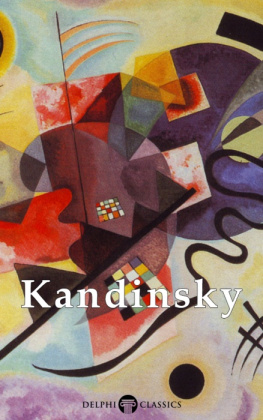


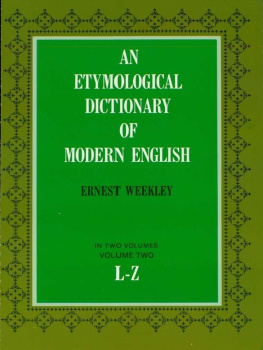
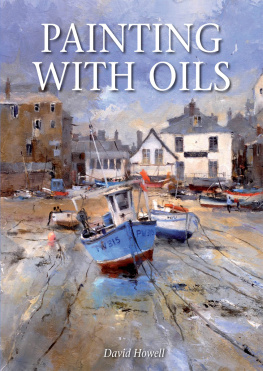

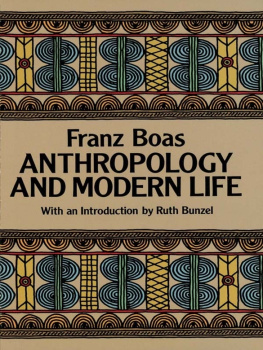
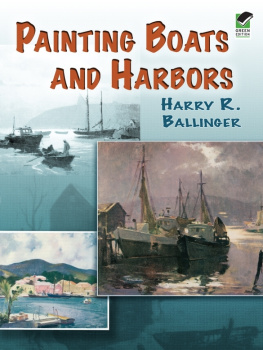
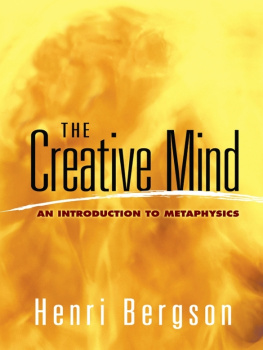
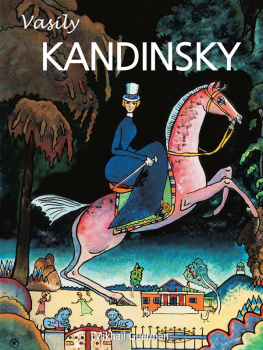
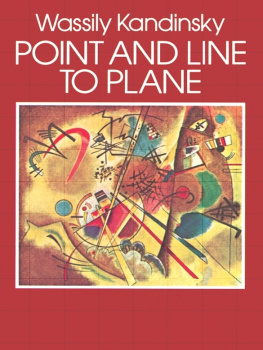
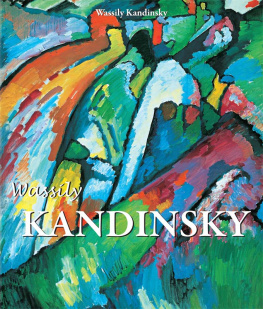
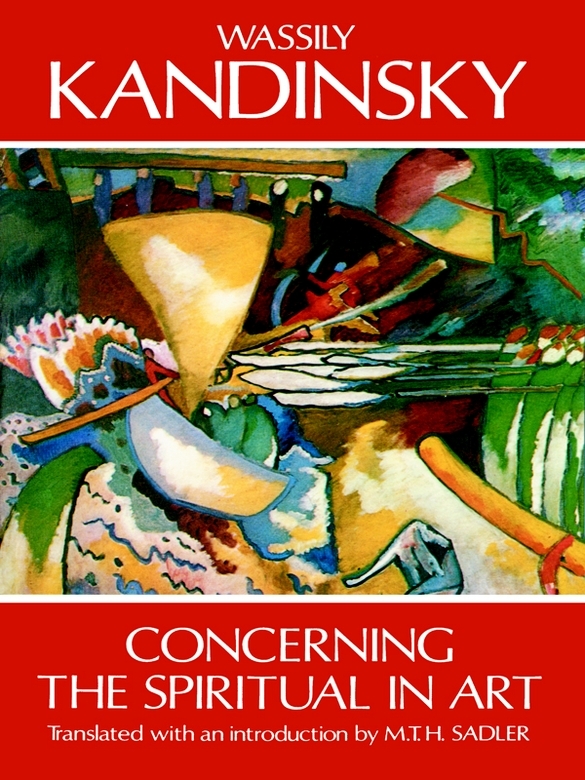
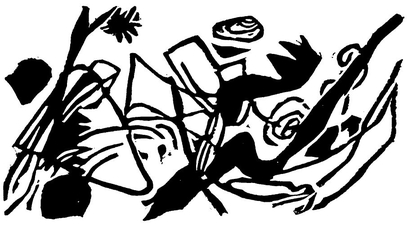

 x 8.
x 8.